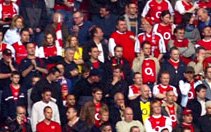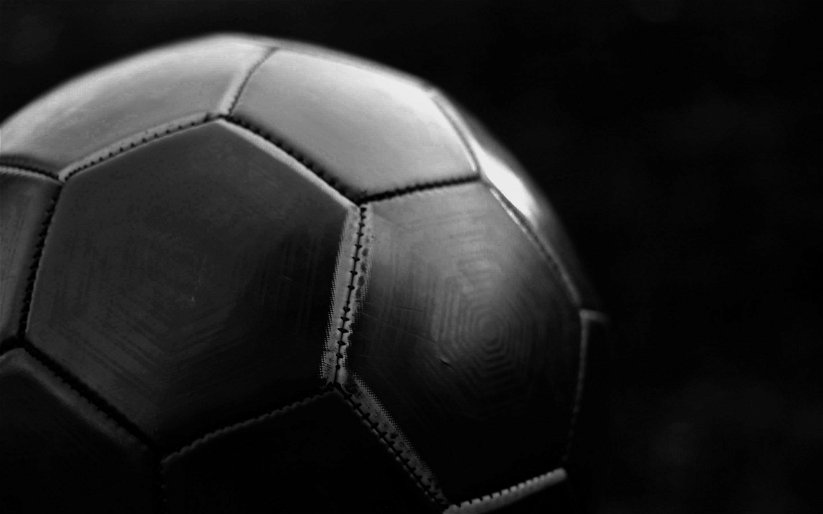The Final salute. Part 1
With the final game at Highbury only a matter of months away, the feelings around ?The Home Of Football? are running strong. Each visit, promises to be virtually the last time that club plays there (barring a cup match).
The club is running allsorts of activities and special ?days? to commemorate this special old building. We will all miss her when we move, we?ll all reminisce, over a pint or six, about a certain game, goal or moment that brought joy to our hearts and tears to our faces. One thing is certain, things will never be the same again.
In 1913 Arsenal FC were relegated, but in the same year, Arsenal chairman, Sir Henry Norris, instigated a move for the club. Norris saw the team?s future in North London rather than South and that?s where the great history of Highbury began. The dividends were reaped almost instantaneously , with the club narrowly missing out on promotion the next season, only by goal difference.
Promotion back to the top flight occurred in 1919 under controversial circumstances. Tottenham finished dead last in the league but due to expansion of the division, two extra places were ?up for grabs?. Spurs expected to stay up. However, Norris somehow managed to get Arsenal elected in their place and The Gunners have remained in the top flight ever since. And we wonder why Spurs hold such a grudge 🙂
The stadium was designed by architect Archibald Leitch , in it?s original state it consisted of one single stand (the east stand) and three banks of terracing, however none of the original structure still exists due to massive redevelopment. The first major edition was the west stand, designed by William Binnie and Claude Waterlow Ferrier, which opened in 1932 around the same time Herbert Chapman inspired the renaming of Gillespie Road tube station to simply ?Arsenal?.
In 1936 the old east stand was demolished to make way for the more modern exterior that we know and love today. Also in this year the north and south stand were given roofs and the south stand given a rather fetching clock, and so the ?clock end? was born.
The stadium remained relatively unchanged for the next 50 years or so, aside from the rebuilding work to the north bank after bombs struck in the second world war. The next change would see the addition of floodlights in 1951, first used in a game between Arsenal and Glasgow Rangers in the same year.
After the tragedy of Hillsborough in 1989, recommended all stadiums become all seater, and as such, the beloved North Bank was once again torn down and rebuilt. Whilst construction was underway, a mural of the Highbury crowd was erected in an attempt to keep some of the atmosphere, the idea back fired somewhat as it took a hat full of matches before a single goal was scored in front of the mural end. The clock end was redeveloped, filling the end with seating and building the executive boxes that still stand today.
As well as football matches, Highbury has hosted other sporting events such as cricket matches, baseball matches and even the famous bout between Henry Cooper and Muhammad Ali, in which Ali was victorious.
In part 2 you?ll hear about the game?s that we hold closest to our hearts seen at THOF.
Share this article

